Marjoram & Oregano
Marjoram and Oregano do belong to the same plant genus. But while
marjoram can be
combined with other spices, oregano is more commonly used alone.
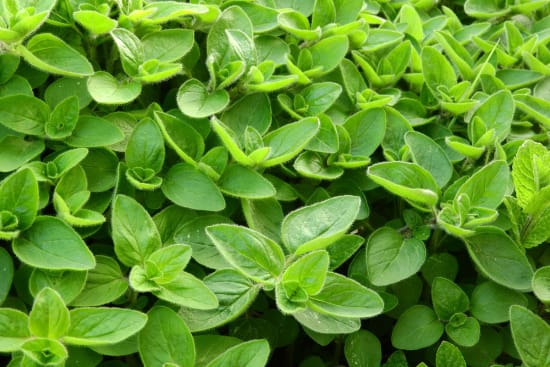
Marjoram - for hearty dishes and stews
With its intense, slightly peppery and tart flavor, marjoram is
suitable for fatty dishes such as pork, roast goose or sausage.
But finely dosed it
also refines vegetables, fried potatoes, stews and tomato soup.
Last but not least, it is suitable for seasoning sauces, dips,
herb mayonnaises, finely stirred curd cheese or cream cheese.
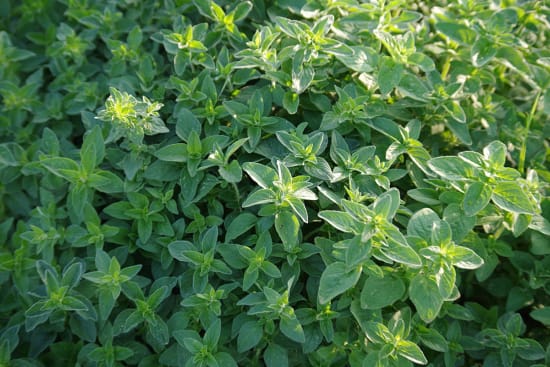
In the garden or on the balcony, annual marjoram needs loose,
nutrient-rich soil. Give it a full sun location and
provide a constant but moderate water supply. Avoid waterlogging.
If you are planting marjoram again the following year, take fresh
soil on the balcony
or place it elsewhere in the garden. Otherwise, it will not grow.
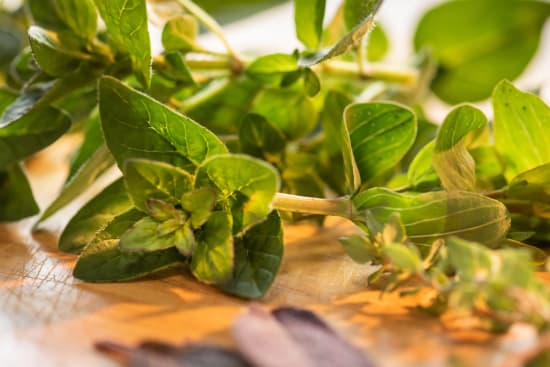
Marjoram - a symbol of bliss
The sweet scent of marjoram is said to have been created by the Greek
goddess of love, Aphrodite, as a symbol of bliss. Therefore, it was
customary in Greece
to hang garlands of marjoram around the necks of newly married couples.
In the Middle Ages it reached the rest of Europe. There it was
bound in bouquets,
but also used for herbal pillows and the water used to wash clothes.
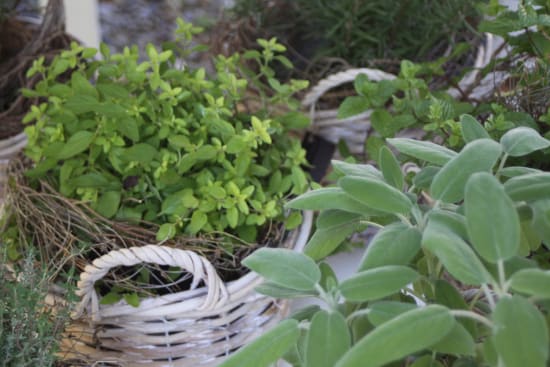
Of course, superstition is also associated with marjoram. Example:
when the weather was muggy, people put marjoram next
to fresh milk, believing that it would keep better and not turn sour.
In addition, marjoram tea was recommended especially to people who
were unhappy and sour,
because the sweet smell of marjoram was supposed to make them happy.

Oregano - not only good for pizza!
The spicy, tart, slightly bitter oregano is not only good on pizza.
Because after all,
it is impossible to imagine Italian cuisine without it.
It goes well with grilled lamb and pork, but also with fish,
sheep cheese,
tomatoes and vegetables. The tender shoots are particularly spicy.
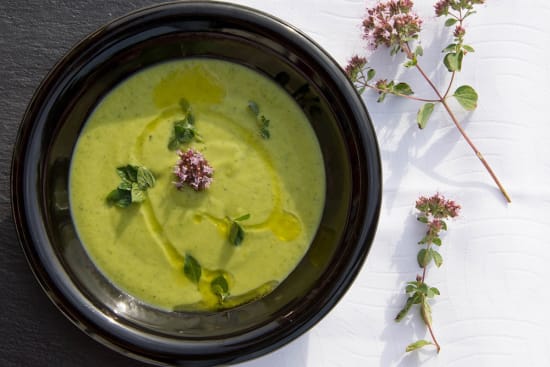
In addition, oregano is also called «wild marjoram» because it is
botanically related, although unequally spicier. Perennial oregano
thrives
best in full sun locations and loves light, well-drained, lean soil.
Actually, it needs only
little water. But the soil should never dry out completely.
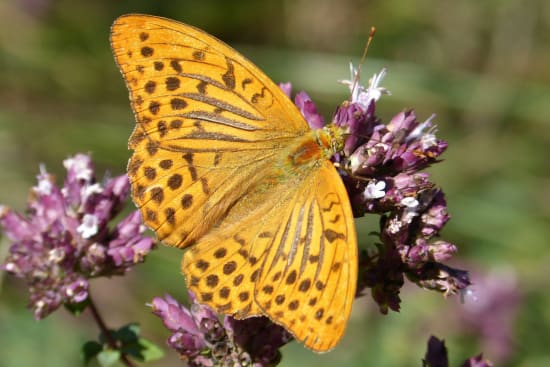
Even bees and butterflies have a weakness for oregano
Oregano has a seductive scent. It's not just us humans who like it.
Insects also react. Like a
magnet, oregano flowers attract bees, bumblebees and butterflies.
And since the nectar of oregano contains up to 76% sugar,
word gets around among insects and ensures recurring visits.
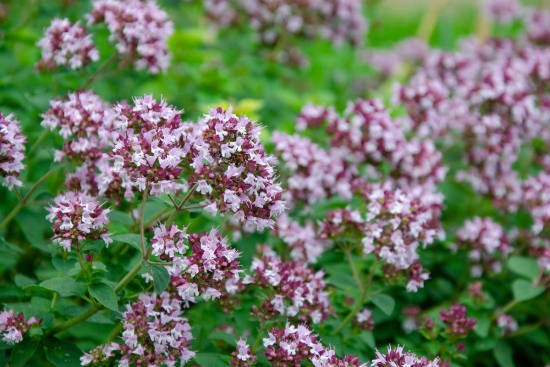
The latter, of course, also has to do with the fact that oregano
constantly develops new flowers and
the table for insects is abundantly covered from June to October.
By the way, a study has shown that at 1 p.m. the most frequent flower
visitors appear. We haven't
checked. But this should be easy for anyone who grows oregano.
More exciting topics about herbs
Sage, Rosemary & Thyme
Sage, rosemary and thyme make us dream of the Mediterranean, of Italy and Provence. They intensely flavor and are very easy to care for.
Marjoram & Oregano
Marjoram and Oregano do belong to the same plant genus. But while marjoram can be combined with other spices, oregano is more commonly used alone.
Parsley & Chives
Parsley and chives shouldn't be planted next to each other because they don't get along. But in the kitchen, they are the most used allrounders.
Basil & Mint
Special and always a delight: basil and mint require a delicate touch. But used correctly, these herbs are really great.
Dill, tarragon & coriander
From tart or slightly peppery to oriental: passionate amateur chefs also like to use special herbs. Dill, tarragon and coriander are three of them.
Storing and preserving herbs
You don't always need fresh herbs. And sometimes you want to preserve them to have them on hand whenever you need them. Here are some tips.
